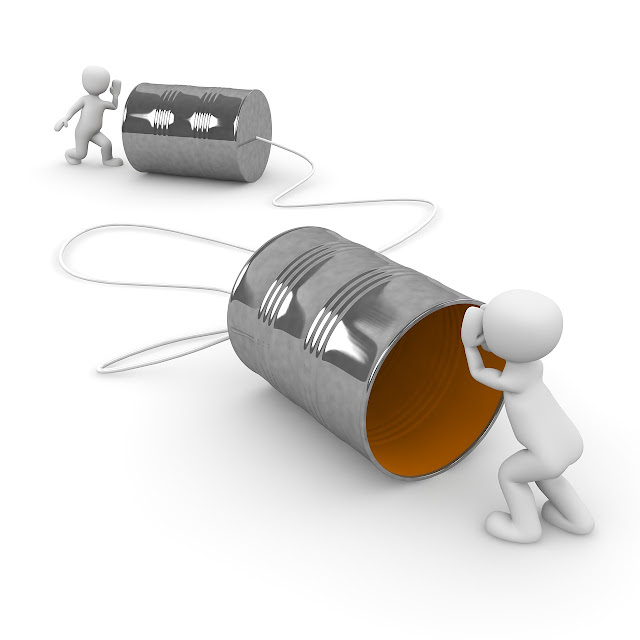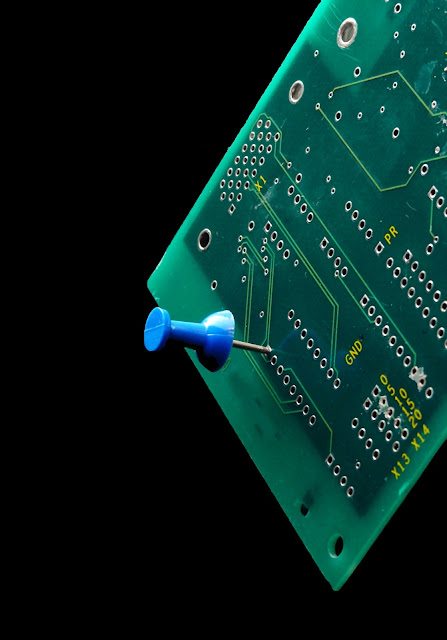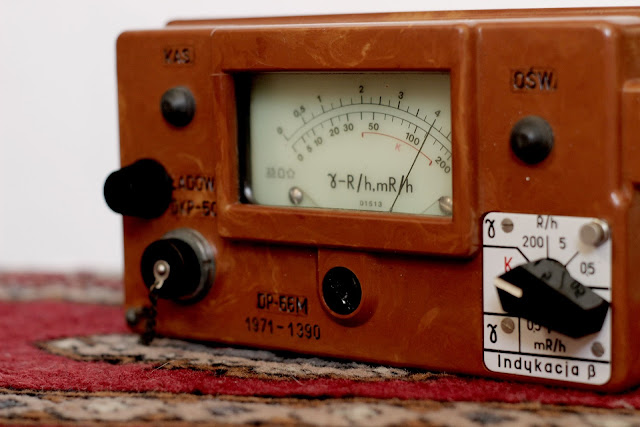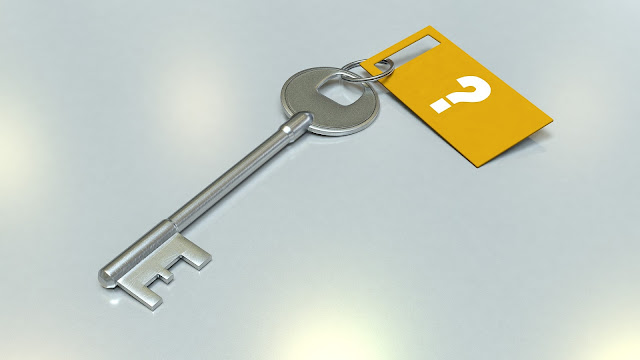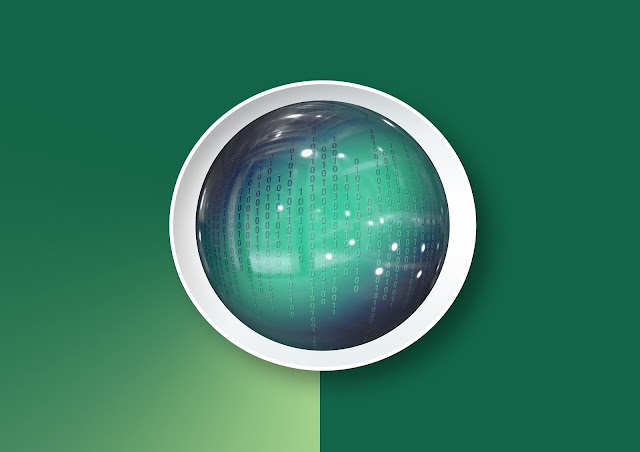Automated test
equipment (ATE) have the ability to reduce the costs of testing and make
sure that lab teams can focus on other, more important tasks. With ATE,
productivity, and efficiency is boosted to a maximum level due to
cutting out the unnecessary tasks and daily activities.
However, you should not just cash out and invest in automated test equipment, there are elements that factors that are important to find the system that suits you best. Our team at ReadyDAQ has prepared 12 things you should consider before choosing automated test equipment.
When compatibility comes to mind, we want to make sure that the equipment is built following all industry standards. Cross-compatibility is often important in situations where we no longer need or have lost the access to certain products. Better safe than sorry.
How about diagnostics? Does the testing system provide robust diagnostic tools to make sure the obtained results are reliable and true?
Also, you don't want to be left hanging in case the systems starts malfunctioning or simply stops working. Does the ATE system come with a comprehensive warranty? Make sure you’re protected against damages that might happen in testing and see that the warranty covers that too.
Our team at ReadyDAQ is here to help you select the perfect automated test equipment for your lab.
However, you should not just cash out and invest in automated test equipment, there are elements that factors that are important to find the system that suits you best. Our team at ReadyDAQ has prepared 12 things you should consider before choosing automated test equipment.
1. Endurance and Compactness
One of the most important things is that the ATE system your company picks is designed for optimal performance over the long-term. Take a careful look at connections and components and make a conclusion whether they will survive over repeated use.Many lab teams are often struggling to find large areas for their testing operations. The automated test equipment should also be compact.2. Customer Experience
Are other customers satisfied the support and other things they went through? Does the company you bought ATE from provide full support? You don't have to be the expert in automated test equipment, but they do. And their skills and expertise have to be available to you for when you need it. Customer support and the overall customer experience is a huge factor!3. Scalability and Compatibility
One purchase does not have to be final. It often isn't You should check whether the equipment you ordered can be expanded or scaled over time. Your needs might change and you want ATE to adapt to your needs.When compatibility comes to mind, we want to make sure that the equipment is built following all industry standards. Cross-compatibility is often important in situations where we no longer need or have lost the access to certain products. Better safe than sorry.
4. Comprehensive
Think of all the elements needed for testing. Even better, make a list. Does the equipment you have in mind cover ALL required elements? Don't forget about power and signaling, are they included too?5. High Test Coverage and Diagnostics
The ATE system has to be able to provide full coverage and give insights on all components of the processed product. This can help decrease the number of possible errors and failures later on.How about diagnostics? Does the testing system provide robust diagnostic tools to make sure the obtained results are reliable and true?
6. Cost per Test
How much does a single test cost? You have to think and plan long-term, so a single test cost can help you calculate and make an assumption whether the system provides real value for the money invested.7. Testimonials and Warranty
Are other customers satisfied? Can the company direct you to testimonials from previous customers? What do their previous customers have to say about the systems and their performance?Also, you don't want to be left hanging in case the systems starts malfunctioning or simply stops working. Does the ATE system come with a comprehensive warranty? Make sure you’re protected against damages that might happen in testing and see that the warranty covers that too.
8. Manufacturer Reputation
When did you first hear about the company? How? Did someone (besides them) say anything good about them? Is the company known for the high quality of their equipment? Discuss their past projects and learn more about the value their products provide.9. Intuitive Performance
At first sight, is the system easy to use or way too complicated that it would require weeks of training for everyone in the lab? Does it offer intuitive performance within the testing procedure? Your team should be able to begin testing without having to go over every point in the technical manual in pinpoint detail.Our team at ReadyDAQ is here to help you select the perfect automated test equipment for your lab.

